That Man Who Came To Us – (Other Language)
$14.10
That Man Who Came to Us tells the story of the life of Jesus Christ through traditional Thai art. Featuring black and white line drawings inspired by an art form born in northern and central Thailand, That Man tells the story of Christ as fully God, yet fully human. Artist Sawai Chinnawong employs the regions’ popular distinctive artistic style originally used to depict Buddhist moral principles and other religious themes.
A meditative and teaching tool, That Man is a simple yet powerful book that communicates Christ in both the Thai and English languages. The book also includes cultural notes and scripture references for further study. By depicting Christ in the context of Thai tradition, That Man proves the many ways Christ is present-and can be found-in every culture.
in stock within 3-5 days of online purchase
SKU (ISBN): 9780878080144
ISBN10: 0878080147
Language: Thai
Paul DeNeui | Illustrator: Sawai Chinnawong
Binding: Trade Paper
Published: January 2010
Publisher: William Carey Library
Print On Demand Product
Related products
-
Culture Care : Reconnecting With Beauty For Our Common Life
$22.99Foreword By Mark Labberton
Preface
1. On Becoming Generative
2. Culture Care Defined
3. Black River, Cracked Lands
4. From Culture Wars To A Common Life
5. Soul Care
6. Beauty As Food For The Soul
7. Leadership From The Margins
8. “Tell ’em About The Dream!”
9. Two Lives At The Margins
10. Our Calling In The Starry Night
11. Opening The Gates
12. Cultivating Cultural Soil
13. Cultural Estuaries
14. Custodians Of Culture Care
15. Business Care
16. Practical Advice For Artists
17. Tilling Our Cultural Soil In The Age Of Anxiety
18. New Vocabularies, New Stories
19. What If?
A Gratuitous Postscript
Discussion GuideAdditional Info
Culture is not a territory to be won or lost but a resource we are called to steward with care. Culture is a garden to be cultivated. Many bemoan the decay of culture. But we all have a responsibility to care for culture, to nurture it in ways that help people thrive. In Culture Care artist Makoto Fujimura issues a call to cultural stewardship, in which we become generative and feed our culture’s soul with beauty, creativity, and generosity. We serve others as cultural custodians of the future. This is a book for artists, but artists come in many forms. Anyone with a calling to create-from visual artists, musicians, writers, and actors to entrepreneurs, pastors, and business professionals-will resonate with its message. This book is for anyone with a desire or an artistic gift to reach across boundaries with understanding, reconciliation, and healing. It is a book for anyone with a passion for the arts, for supporters of the arts, and for “creative catalysts” who understand how much the culture we all share affects human thriving today and shapes the generations to come. Culture Care includes a study guide for individual reflection or group discussion.Add to cartin stock within 3-5 days of online purchase
-
Another Brush With God
$34.95Introduces readers to a more advanced level in icon development, exploring more complex imagery and skills
Step-by-step instructions for painting icons, from original drawings through finished product
Includes eight full-color plates of the author’s original iconsThis is the sequel to the author’s previous work, A Brush with God, for advanced beginners, intermediate, and advanced iconographers. It presents greater detail and instructions for creating entirely new icons. One major feature of the new book is the full-page sketches that artists can photocopy and use as the basis of their own icons, providing a unique and much-requested resource.
Add to cartin stock within 3-5 days of online purchase
-
God In The Gallery
$32.50Within the evangelical community and circles of Christian faith, art is often viewed with skepticism, if not disdain. Art historian and former art gallery curator David Siedell presents a different perspective in this book. The latest book in the Cultural Exegesis series, God in the Gallery is a welcome addition to the scant volumes that cover an evangelical reflection on the arts and the aesthetic life. Siedell ultimately contends that art is not antithetical or hostile to Christianity. Instead, it’s in dialogue with it as well as a gift as opposed to a threat to faith. The author extracts insights about worldviews from heavyweight thinkers such as philosopher David Naugle as well as Christian apologist Francis Schaeffer. Furthermore, he constructs a framework for interpreting modern art “in Christ.” Siedell also examines the role of visual art in worship and Christian experience. The book is enhanced with images from such artists as Andy Warhol, Jackson Pollock, Enrique Martmnez Celeya, and others.
God in the Gallery will serve as an essential text for Christian colleges that emphasize worldview thinking and integration of faith and learning and it will play a helpful role in curriculum development and will reshape the direction of campus art departments and galleries.Add to cartin stock within 3-5 days of online purchase
-
Christ In The Wilderness
$15.99In this attractive illustrated book, Stephen Cottrell reflects on five of the Christ in the Wilderness paintings, and reveals them to be a rich source of spiritual wisdom and nourishment. He invites us to slow down and enter into the stillness of Stanley Spencer’s vision. By dwelling in the wilderness of these evocative portraits, Stephen Cottrell encourages us to refine our own discipleship and learn again what it means to follow Christ.
Add to cartin stock within 3-5 days of online purchase

 Read Through The Bible Level 2
Read Through The Bible Level 2
 Your Story Has A Villain Bible Study Guide Plus Streaming Video
Your Story Has A Villain Bible Study Guide Plus Streaming Video
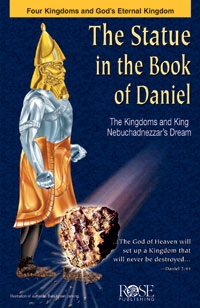 Statue In The Book Of Daniel Pamphlet
Statue In The Book Of Daniel Pamphlet
 Living Bible
Living Bible
 Super Giant Print Bible
Super Giant Print Bible
 Color Code Study Bible
Color Code Study Bible
 Flourishing Family : A Jesus-Centered Guide To Parenting With Peace And Pur
Flourishing Family : A Jesus-Centered Guide To Parenting With Peace And Pur

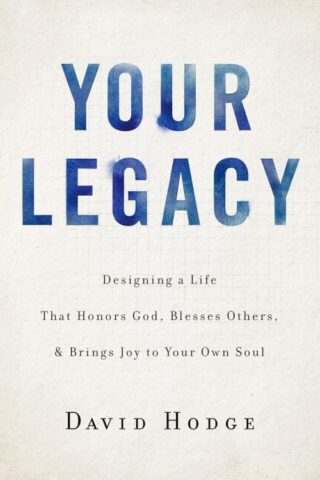


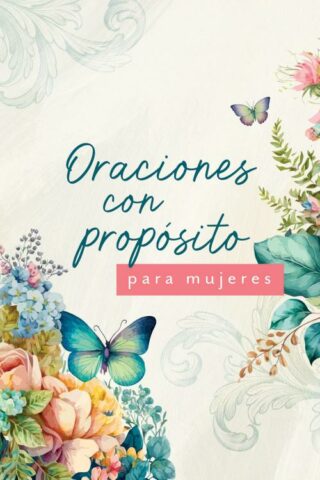
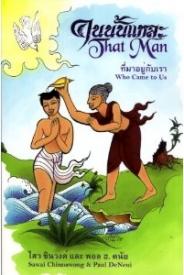
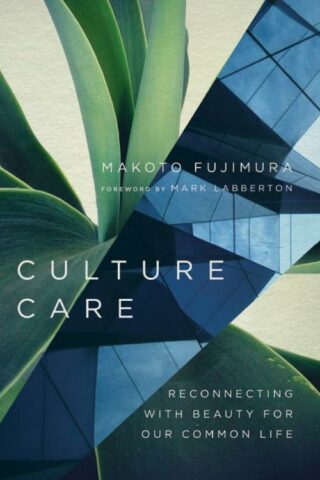
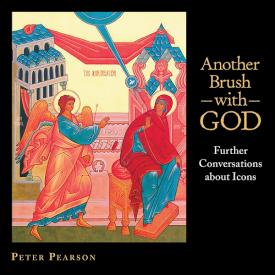
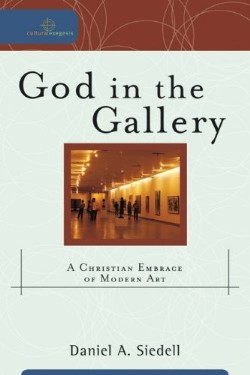
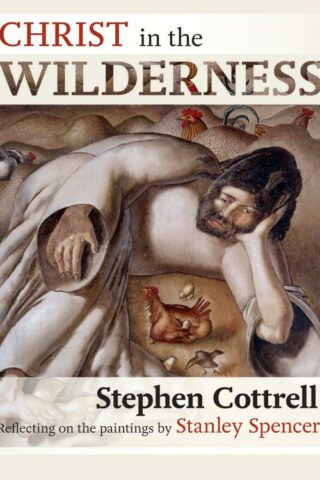


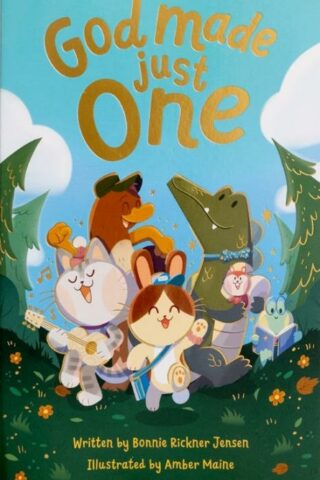

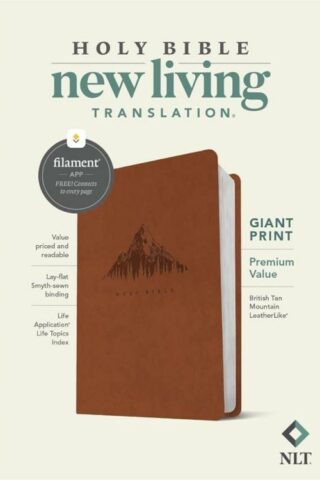
Reviews
There are no reviews yet.